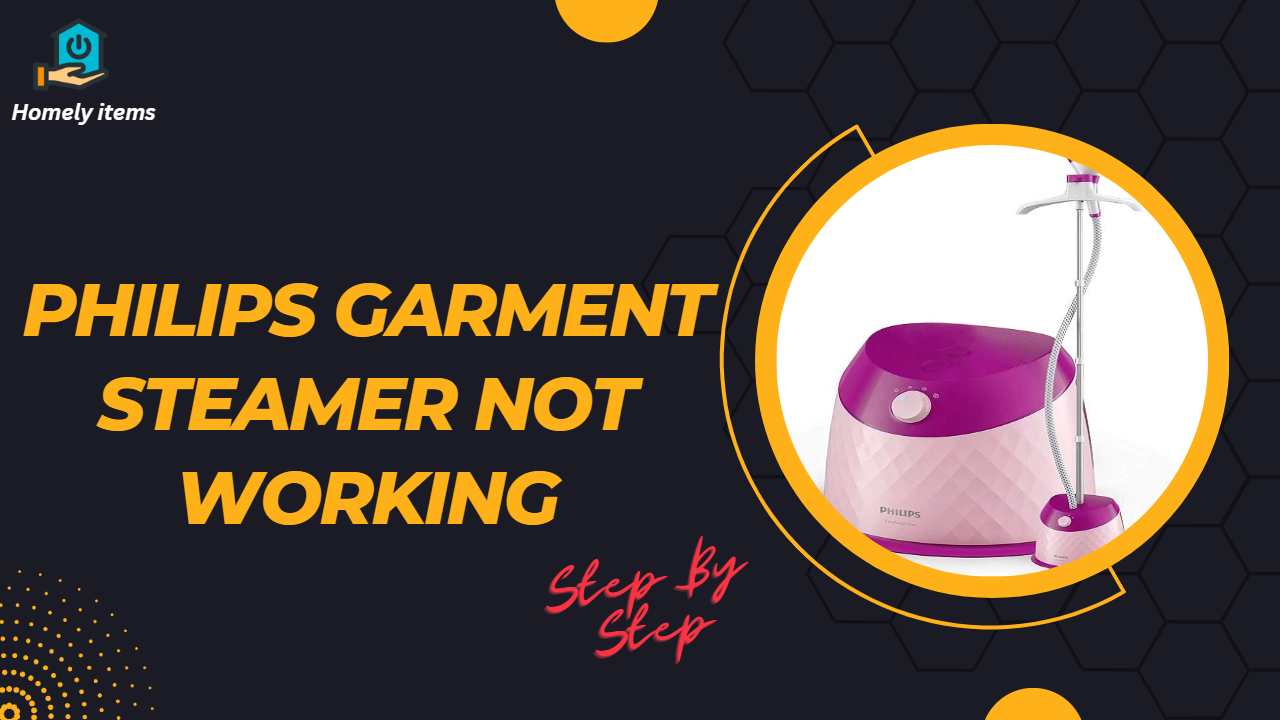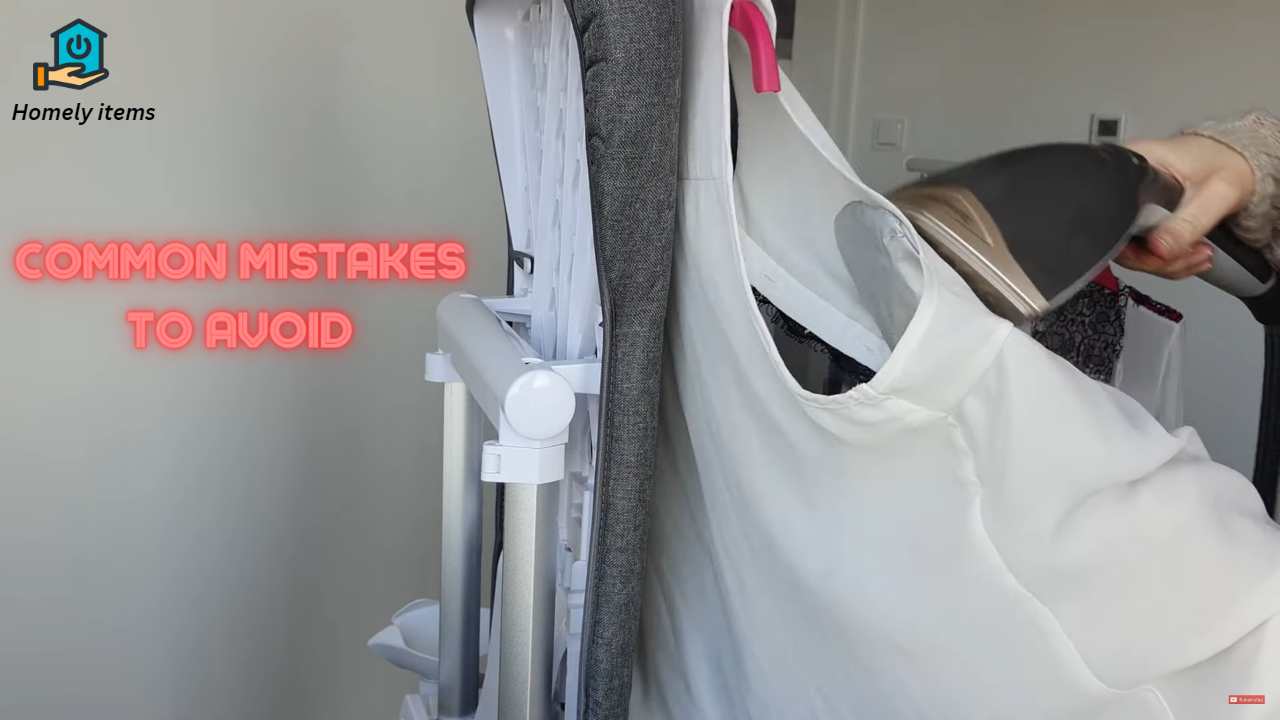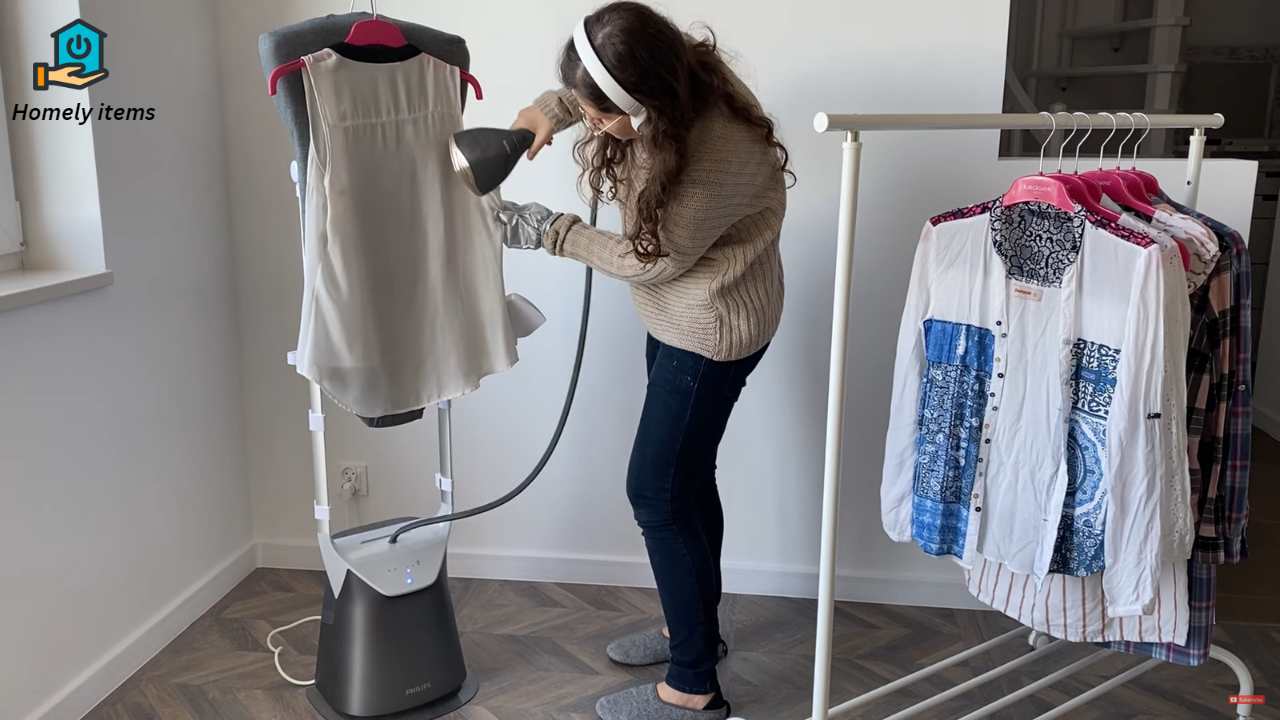Last updated on May 15th, 2024 at 06:01 pm
As a proud owner of a Philips garment steamer, you may have experienced the frustration of it not working when you need it the most. A malfunctioning garment steamer can disrupt your routine and delay your plans. However, worry not! In this guide, we will provide you with a troubleshooting guide to help you identify and resolve common issues that may be causing your Philips garment steamer to malfunction. Whether it’s a lack of steam, uneven steam, or water leakage, we’ve got you covered with practical solutions and maintenance tips.
So, if you’re facing any issues with your Philips garment steamer, read on to discover the top solutions and expert tips to get it back to its steaming best!
Table of contents
Possible Reasons for Philips Garment Steamer Not Working
When your Philips garment steamer is not working as expected, there could be several reasons behind the issue. Here are some potential causes that you may need to investigate and address:
Power Connection Issues
The garment steamer may not be receiving proper power supply, resulting in a lack of steam or failure to start. This could be due to a loose power cord, a faulty electrical outlet, or a blown fuse.
Water Supply Problems
If the water tank is empty or not properly filled, the garment steamer may not generate enough steam or may not work at all. Additionally, if the water supply is impeded by mineral deposits or clogs, it can affect the performance of the steamer.
Clogged Nozzles or Steam Holes
Accumulated mineral deposits or debris can block the nozzles or steam holes of the garment steamer, leading to reduced or no steam output. This can be caused by using hard water or not cleaning the steamer regularly.
Overheating
If the garment steamer overheats, it may automatically shut off or fail to function until it has cooled down. This can happen due to prolonged use without breaks, blocking the steam outlets, or a faulty thermostat.
Faulty Components
Issues with internal components such as the heating element, pump, or control panel can also cause the garment steamer to malfunction. These could be due to manufacturing defects, wear and tear, or damage during use.
User Error
Incorrect operation, improper assembly, or failure to follow the manufacturer’s instructions can also result in a Philips garment steamer not working as intended. It’s important to use the steamer according to the user manual and follow all safety guidelines.

Identifying the underlying cause of the issue is crucial for troubleshooting and resolving the problem effectively. In the next section, we will provide you with a step-by-step troubleshooting guide to help you address these potential issues and get your Philips garment steamer back to optimal performance.
Step-by-Step Troubleshooting Guide
Step-by-Step Troubleshooting Guide for Philips Garment Steamer Issues:
Check Power Connection
Ensure that the power cord is securely plugged into a working electrical outlet. If the outlet is functioning but the steamer still doesn’t work, try using a different outlet to rule out any issues with the power source.
Verify Water Supply
Check the water tank of your Philips garment steamer and make sure it is properly filled according to the manufacturer’s instructions. If the tank is empty, fill it with clean water and ensure it is securely attached to the steamer.
Clean Nozzles or Steam Holes
If you notice reduced steam output or no steam at all, it may be due to clogged nozzles or steam holes. Follow the manufacturer’s instructions to clean these parts using a descaling solution or a mixture of water and vinegar. Rinse thoroughly with clean water afterward.
Prevent Overheating
Avoid prolonged use of the garment steamer without breaks as it may cause overheating. If the steamer shuts off automatically, let it cool down for a few minutes before using it again. Also, ensure that the steam outlets are not blocked by fabric or other debris.
Check for Faulty Components
If the garment steamer is still not working, it may have faulty components. In such cases, it’s best to contact Philips customer service or a qualified technician for further assistance. Do not attempt to disassemble or repair the steamer yourself, as it may void the warranty or cause further damage.
Follow User Instructions
Double-check that you are using the garment steamer correctly, following the manufacturer’s instructions. Make sure all parts are assembled properly, the steam settings are adjusted correctly, and you are using the appropriate fabric setting for the type of garment you are steaming.
Perform Regular Maintenance
To prevent future issues, it’s essential to perform regular maintenance on your Philips garment steamer. This includes cleaning the water tank, descaling the steamer, and removing any lint or debris from the steam outlets. Refer to the user manual for specific maintenance instructions.
By following this step-by-step troubleshooting guide, you can identify and resolve common issues that may be causing your Philips garment steamer to malfunction. However, if the problem persists, it’s recommended to contact Philips customer service or seek professional help to avoid further damage.
Common Mistakes to Avoid
Common Mistakes to Avoid When Troubleshooting a Philips Garment Steamer:

-
Neglecting to Check Power Connection: One of the most common mistakes is overlooking the power connection. Always ensure that the garment steamer is properly plugged into a working electrical outlet and that the power cord is securely connected.
-
Ignoring Water Supply Issues: Failing to fill the water tank properly or using impure water can lead to poor steaming performance or even damage the steamer. Always follow the manufacturer’s instructions for filling the water tank with clean water.
-
Skipping Regular Maintenance: Neglecting regular maintenance, such as descaling, cleaning the water tank, and clearing steam outlets, can result in clogs and reduced steam output. It’s important to perform routine maintenance as recommended in the user manual to keep your garment steamer in optimal condition.
-
Disassembling or Repairing Yourself: Attempting to disassemble or repair the garment steamer yourself, especially if you’re not a qualified technician, can cause further damage or void the warranty. Always seek professional help or contact Philips customer service for assistance.
-
Overlooking Overheating: Continuous use of the garment steamer without breaks can cause overheating and automatic shutdown. It’s important to give the steamer time to cool down before using it again to prevent overheating and potential damage.
-
Not Contacting Customer Service: If you’ve tried troubleshooting on your own but the garment steamer is still not working, it’s crucial to contact Philips customer service or seek professional help. Avoid ignoring persistent issues or attempting to fix them on your own, as it may cause further damage to the steamer.
By avoiding these common mistakes and following the manufacturer’s instructions for troubleshooting and maintenance, you can effectively resolve issues with your Philips garment steamer and ensure its optimal performance for long-lasting use.
Also Read: How to Clean Steamer With Baking Soda?
Additional Troubleshooting Tips
Additional Troubleshooting Tips for Philips Garment Steamer Issues:
-
Check Steam Hose and Attachment: Ensure that the steam hose and attachment are securely attached to the garment steamer and are not damaged or kinked. Any blockage or damage in the hose or attachment can disrupt the steam flow and cause the steamer to malfunction.
-
Adjust Steam Settings: Experiment with different steam settings on your Philips garment steamer to find the optimal setting for the type of fabric you are steaming. Using the correct steam setting can ensure effective wrinkle removal without damaging the fabric.
-
Allow Steamer to Heat Up: Give the garment steamer enough time to heat up before using it. Waiting for the steamer to reach its optimal operating temperature ensures that it produces consistent steam for efficient steaming results.
-
Check for Leaks: Inspect the garment steamer for any signs of water leakage, such as water pooling around the base or steam hose. If you notice any leaks, it may indicate a faulty seal or gasket that needs to be replaced.
-
Avoid Overloading the Steamer: Do not overload the garment steamer with excessive amounts of water or clothes, as it can strain the steamer and affect its performance. Follow the manufacturer’s recommendations for water capacity and avoid overcrowding the steamer with clothes.
-
Keep Steamer Upright: Always keep the garment steamer in an upright position during operation and avoid tilting it excessively. Tilting the steamer can cause water to leak from the tank or steam to escape unevenly, affecting the steaming results.
Remember to always refer to the manufacturer’s instructions and guidelines for troubleshooting and maintenance. If the issues persist, it’s best to contact Philips customer service or seek professional assistance to avoid further damage to your garment steamer.

FAQs
Q: How often should I clean my Philips garment steamer?
Ans: It is recommended to clean your Philips garment steamer after every use to prevent mineral buildup and prolong its lifespan.
Q: Can I use tap water in my Philips garment steamer?
Ans: It is recommended to use distilled or demineralized water in your Philips garment steamer to prevent mineral buildup and avoid potential damage to the steamer.
Q: How do I store my Philips garment steamer?
Ans: Make sure to empty the water tank and let the steamer cool down completely before storing it in a dry and cool place.
Q: Can I repair my Philips garment steamer myself?
Ans: It is not recommended to repair your Philips garment steamer yourself, as it might void the warranty or cause further damage to the steamer. Instead, take it to a professional technician for repair.
Also Read: Does Steaming Clothes Really Remove Odors?
Final Thoughts
Troubleshooting a Philips garment steamer that is not working can be resolved by following the step-by-step troubleshooting guide, avoiding common mistakes, and implementing additional troubleshooting tips. By checking power connections, using distilled water, performing regular maintenance, and avoiding DIY repairs, you can effectively resolve most issues. Using correct fabric and steam settings, allowing the steamer to heat up, checking for leaks, avoiding overloading, and keeping the steamer upright are important steps.
Remember to always refer to the manufacturer’s instructions, seek professional help if needed, and properly maintain your garment steamer for effective wrinkle removal. With proper care, your Philips garment steamer will provide crisp and fresh clothes.